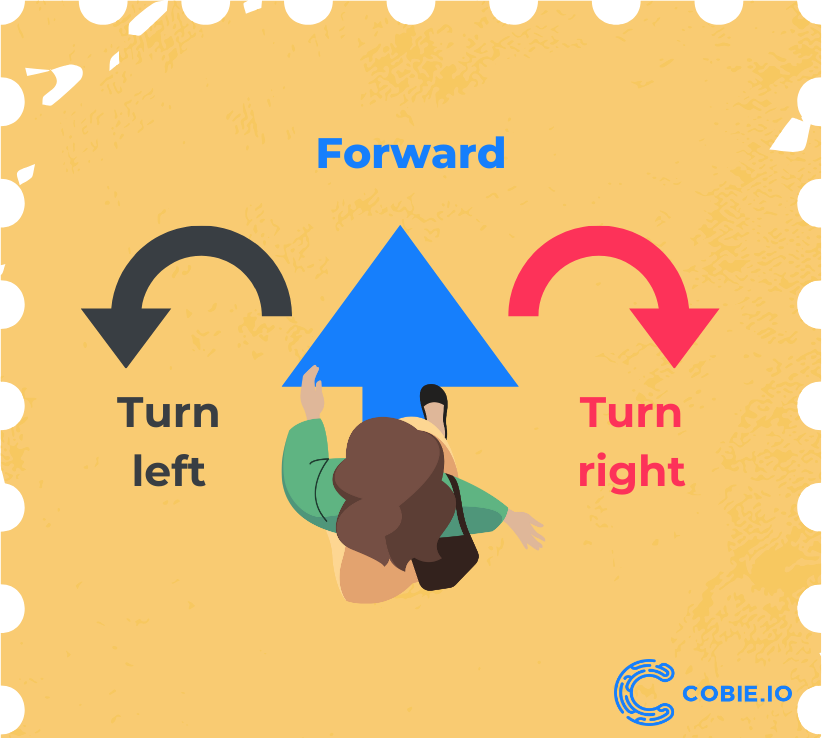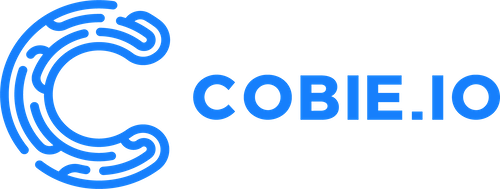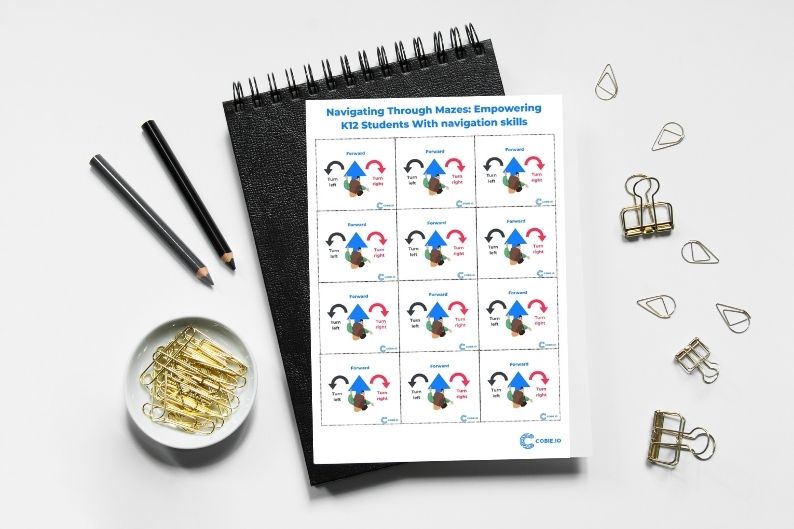I have a great tip for building navigation skills with block-based programming. As I delved into crafting new content for our K12 programming content, I couldn’t help but notice a recurring difficulty among students: understanding how their heroes maneuver through mazes. This observation wasn’t unique to me; my colleagues on the block-based programming committee shared the same observation.

In block-based programming, puzzles are a common feature, often involving guiding a character through a maze. While basic commands like “move left,” “move up,” “move right,” and “move down” are frequently used, the real challenge arises when employing instructions such as “move forward,” “turn left,” and “turn right” to change direction. These commands not only dictate movement but also require students to think critically about navigation. By incorporating these elements, we not only enhance problem-solving skills but also deepen understanding of navigation principles.
To address this challenge, I decided to develop a tool. It’s a simple solution that requires nothing more than a piece of paper. On one side, draw an arrow indicating a left turn, and on the other, draw an arrow for a right turn. To make it easier I have made a picture for you to use.
This straightforward tool allows students to mimic their hero’s movements on screen, effectively visualizing and understanding navigation concepts crucial to their assignments.
While I have also prepared a printout for your convenience, encouraging students to draw the tool themselves might be even more beneficial. Not only does it reinforce their understanding of navigation, but it also allows them to personalize their learning experience.
Over time, as students grow more comfortable with the tool, you’ll notice them relying less on the paper and more on their mental model of navigation. This transition may take a few sessions, but it ultimately fosters a deeper engagement with programming tasks, making learning more enjoyable.
Moreover, mastering navigation isn’t just beneficial within the realm of programming; it’s a skill that translates to various real-life scenarios. Whether it’s navigating through maps, exploring museums, or finding their way around a city, the ability to navigate confidently is invaluable.
I’m so happy that we were able to make this nice and simple addition to Cobie AI block-based content, as it builds navigation skills with block-based programming. It is also very interactive as students get to cut out the paper and mix real and digital world.
By equipping students with these foundational skills early on, we not only enhance their programming prowess but also empower them to navigate through life’s challenges with ease.

